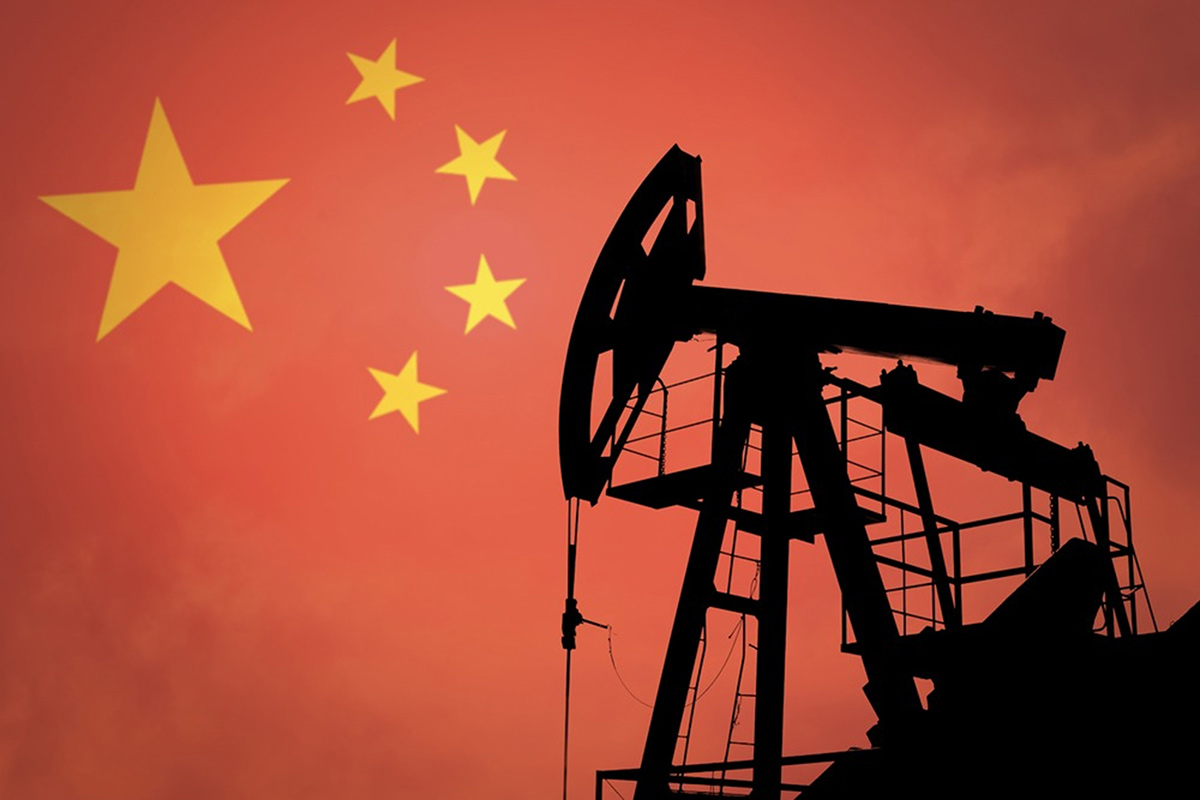
Oil-the super commodity in the financial markets is embracing an interesting phase with most developed economies observing recovery trends from the pandemic. With one eye on trade economics and the other on supply equation, crude oil has resurfaced from the lows of last year at the height of the Covid 19 situation. The prices have jumped by 40% since the beginning of the year and the bullish run is set to continue with nations coming out of lockdowns and prohibitory orders.
Recovery Mode
One of the strongest proponents supporting the bullish run of crude oil is the recovery of the Chinese economy. With most of the global economy remaining in varying stages of lockdowns, China’s economic growth rate stood at 6.5% in 4Q of 2020 with an overall growth of 2.3% for 2020. With the attained figures, the economy of China was the only developed nation to have expanded in 2020.Demand Surge
The importing numbers of crude oil have increased significantly as the refiners look to sustain the growing demand attributed to the increased activity in the industrial and transport sectors. After lowering of Covid 19 cases in early 2021, authorities managed to lift lockdowns and other restrictions enabling economic activities to resume. The resulting recovery in China drove higher oil demand. According to the numbers from the country’s General Administration of Customs, crude oil imports for 2020 inclined by 7.3% in comparison to 2019 to reach a record 542.4 million metric tons. The staggering figures were achieved despite disruptions caused by the pandemic in the first quarter and the developing volatility in the markets. This surge was driven by refineries increasing their operations to sustain domestic demand along with commercial stockpiling from the low prices.Upgraded ‘Teapots’ in China
The major growth in the refining capacity of China has its roots in a vital regulatory shift in 2015 when independent refiners (also known as ‘teapots’) were first allowed to import crude oil. The reasoning for the change was that in return for import quotas, they would inevitably upgrade, modernise and instil wider competition and efficiency in the largely state-dominated oil industry. With increase of crude oil imports due to rise in the refining capacity, China surpassed the US to become the world’s largest importer. The so-called teapots are now leading the way with larger integrated refineries; with about 1.4 million barrels a day of crude processing capacity from four projects under construction. As per China National Petroleum Corp’s Economics & Technology Research Institute, by 2025, the crude processing capacity is expected to touch one billion metric tons a year or 20 million barrels per day which is a major jump from the 17.5 million barrels at the end of 2020.Impact of New Capacity
The rise in the refining capacity of China is slowly having an impact across the global refining industry. With the substantial rise, more crude oil is finding its way to China and other Asian nations and less is routed to the traditional western counterparts. This surge has allowed giant state operators to export more although increased production by China is largely trapped inside the domestic market due to export quotas.Supply Patterns
Saudi Arabia regained its place as China’s main supplier of crude oil in December, accounting for nearly 18% of the total imports at 1.6 million barrels a day. The US exports to China have also inclined to jump by 88% in 2020. According to the EIA, US exports to China averaged 719,000 barrels per day in December 2020. China remains one of the largest importers of the US crude although the figures fell to 269,000 barrels per day in February.Return of Price Volatility
OPEC reported a 15% month-to-month increase in its OPEC Reference Basket in December to record $49.17 per barrel, the highest level since February 2020 before the economic impact of the Covid 19 was observed. Despite the rally, the year-on-year average for 2020 was still the lowest recorded since 2016. This price rally has continued in 2021, with the OPEC Reference Basket rising further to $66.86 per barrel at the end of April. The prices of crude oil are believed to have potential for a further rally in 2021 as the rollout for vaccines across the world have enabled social distancing restrictions to be gradually lifting with subsequent resumption of normal economic activities.Conclusion
As economic recoveries stutter when the stimulus package ends and government support is withdrawn, it could lead to further volatility in the oil markets. This will further delay the return to normal economic activity and a subsequent dampening effect on the demand for crude oil. However, given China’s refinery capacity to lead the world, it will play a larger role in the regional and global markets for oil and refined products signaling the arrival of China as the next superpower in the oil markets.
Published Date: July 1, 2021, 12:00 am
Post Comment
E-Magazine
RELATED Commodity Perspective





